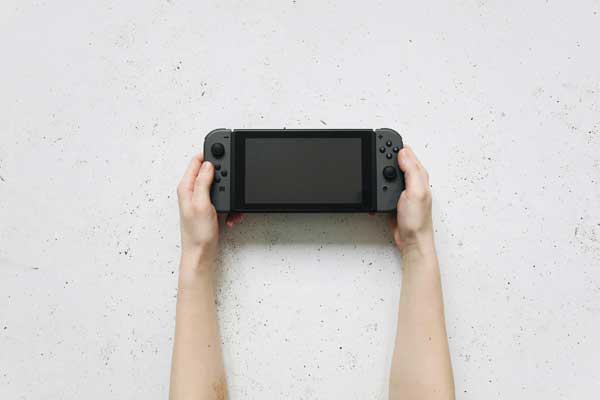Nintendo Switch 2’s complicated ownership

[Nintendo Switch. Photo Credit to Pexels]
Nintendo Switch 2 buyers are surprised after discovering user agreement terms that question whether they truly own the console.
While everything appeared to be an upgrade, careful readers of the user agreement spotted something that caught their eyes — a statement in the updated EULA, stating “You acknowledge that if you fail to comply with the foregoing restrictions Nintendo may render the Nintendo Account Services and/or the applicable Nintendo device permanently unusable in whole or in part.”
This means that the system, while being purchased by the user, does not belong to the user.
Instead, the user has bought the license to use the system.
When Nintendo’s consumers purchased the console, they would expect the ownership of their console to belong to them.
This revelation has caused confusion among consumers who assumed that purchasing the device meant full ownership.
Nintendo has always been known as a company that focuses on a different formula for its game consoles compared to the traditional formula that its competitors use.
From the remote control-looking controller of the Wii in 2006 to the two screens of the Nintendo DS from 2004, Nintendo has always experimented with its products, sometimes leading to successes, or, in the case of the Wii U, failures.
Following the Wii U, Nintendo was desperate for success with its next console. When the release of the new console arrived in 2017, Nintendo found wild success.
With the success of Nintendo’s 2017 console, the Nintendo Switch, it was fitting for the company to introduce a sequel model, the Nintendo Switch 2, which was released on June 5th of this year.
With upgraded graphical capabilities, faster processing, larger console size, and new technologies within the system, the Nintendo Switch 2 aims to be a massive upgrade to the original Switch.
Within the first four days of release, Nintendo had already sold over 3.5 million units worldwide.
If a violation of the user agreement is found, Nintendo holds the right to disable your access to the Nintendo Switch 2, preventing the user who purchased the console from being able to turn on and access the console, a term called “bricking.”
By tampering with the hardware or software of the system, as well as exploiting Nintendo Account Services, users are at risk of having their console bricked or their account disabled, respectively.
Furthermore, Nintendo is taking away the rights of having a legal refund if the system ends up being disabled by the company, as stated in the user agreements: “This arbitration provision precludes you and Nintendo from suing in court, having a trial by jury, or participating in a class action lawsuit.
In addition, Nintendo is also the company that decides on what “unauthorized use” is, further adding to the vague language used in the user agreements.
So why was this system implemented?
Previous consoles had fallen victim to having their consoles and software modified.
Modifying your system allows many things, such as piracy of video games, customization of software, and cheating in online games.
Usually, when systems are tampered with, the owner of the system is still able to use and access the system.
However, with this new implementation, users who break Nintendo’s user agreement will not be able to access and use the system that they spent money to purchase.
With this new change, many customers who had their system disabled have turned to the second-hand market, selling their non-functional console to unsuspecting buyers.
Along with the system not belonging to the owner, some games are also not entirely owned by the customer who bought the game.
With the new system came an option for games called Game Key Cards, where games are sold in a physical form, but rather than the cartridge including the entire game, it only includes the key to install the game.
This means that the games are not on the actual cartridge, but rather include nothing but the key to download the game from the internet.
Consequently, the owner must be connected to Nintendo servers via the internet, and when the installation is completed, the game data is stored on the console.
However, this also means that when Nintendo ultimately discontinues the Nintendo Switch servers at the end of its lifespan, consumers will no longer be able to download and play the game unless previously downloaded.
At the launch of the Nintendo Switch 2 console, many third-party developers received less than expected sales, potentially due to the Game Key Card system.
However, these developers do not seem to have any other options than to release games in this format due to the limited options available for cartridges and key cards.
Physical copies of games are profitable due to their many advantages, such as being able to resell the game afterward and being more visible to customers when shopping in stores.
Nintendo currently offers three options for game publishing: a 64GB cartridge, Game Key Cards, and a digital-only release.
Due to the limited options available to publishing companies, if the game they are developing is smaller than 64GB, they will most likely choose the cheaper Game Key Card for a physical release.

- Noah Chung / Grade 12
- Episcopal High School

![THE HERALD STUDENT REPORTERS [US]](/assets/images/logo_student_us.png)
![THE HERALD STUDENT REPORTERS [Canada]](/assets/images/logo_student_ca.png)
